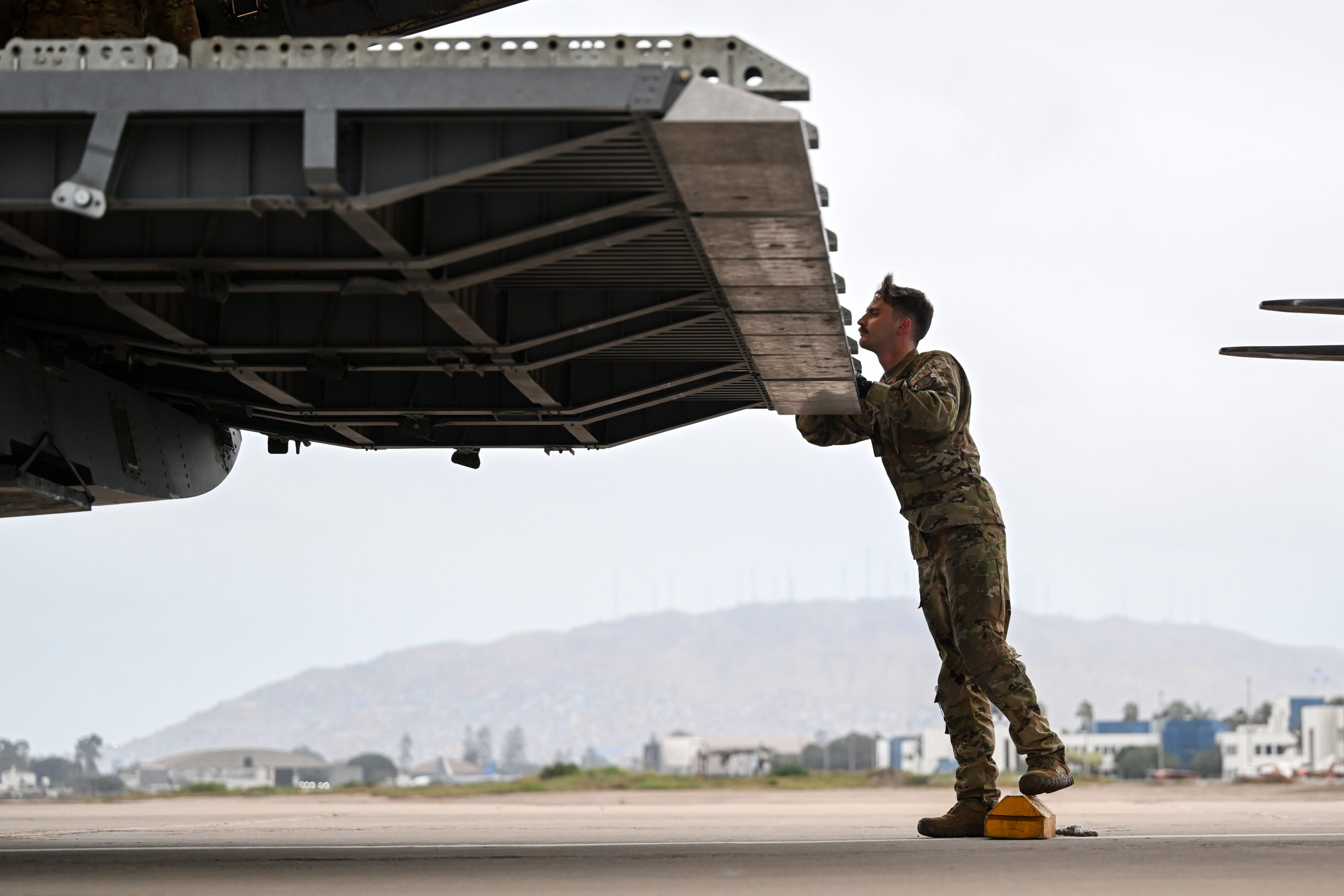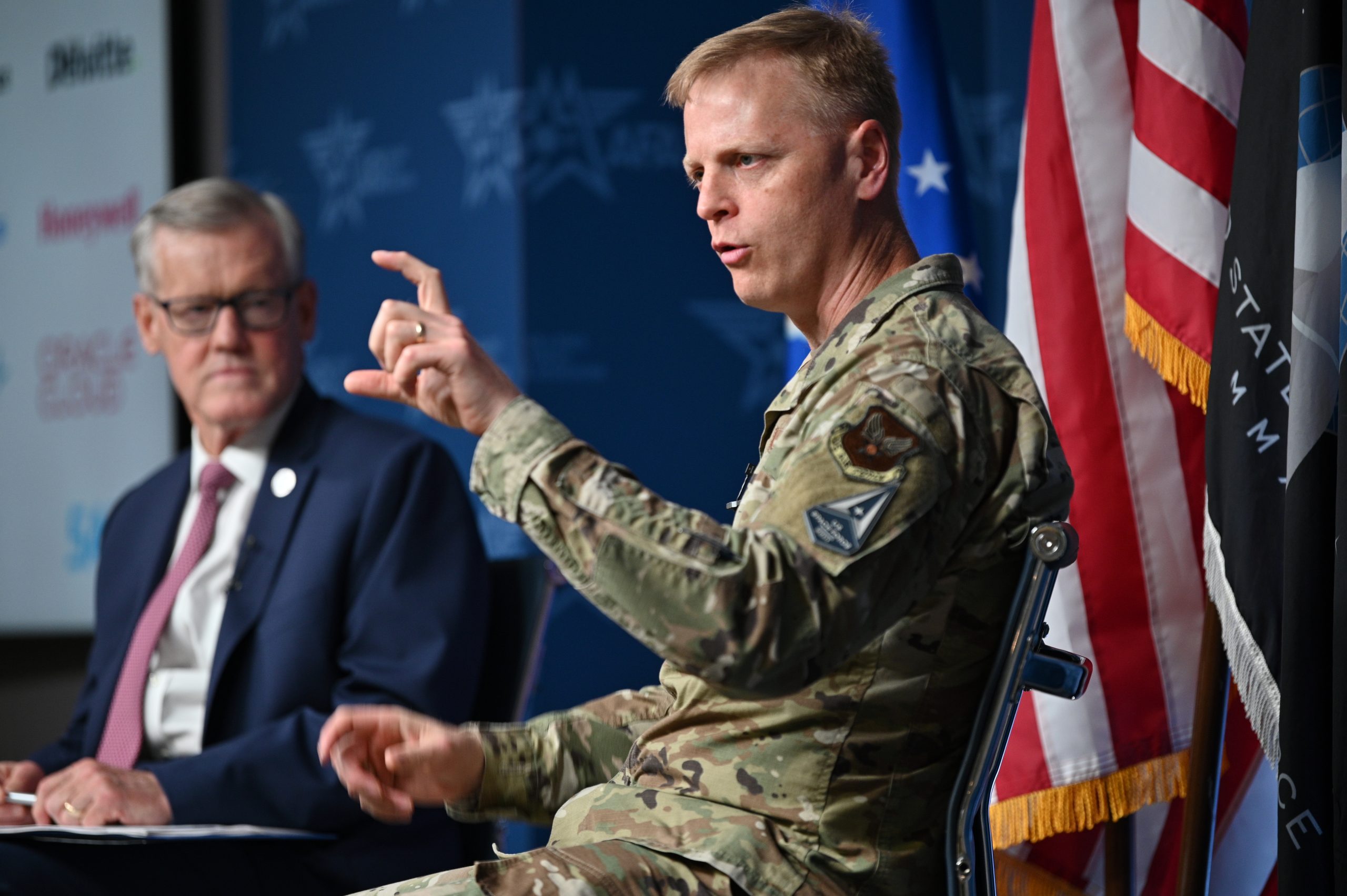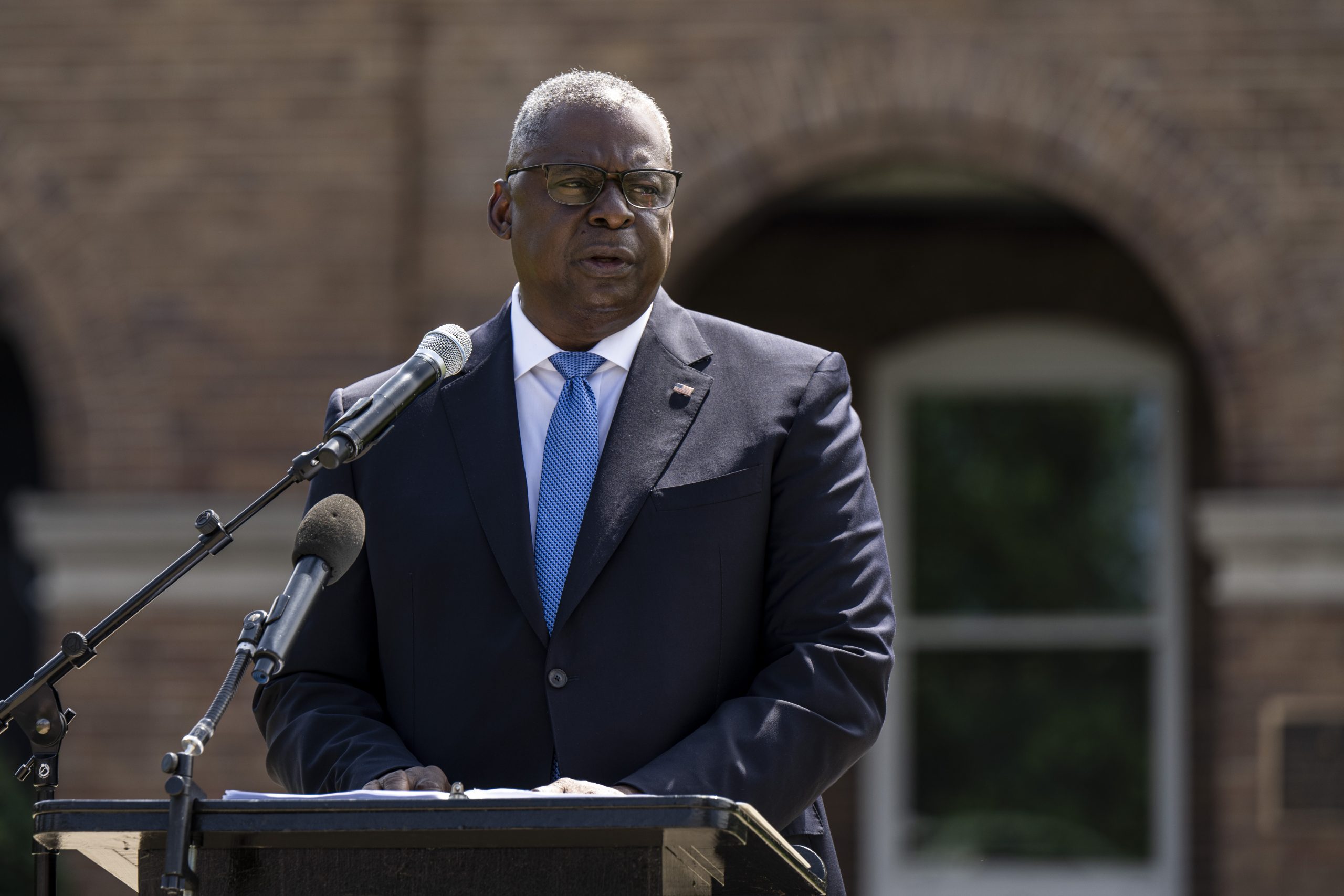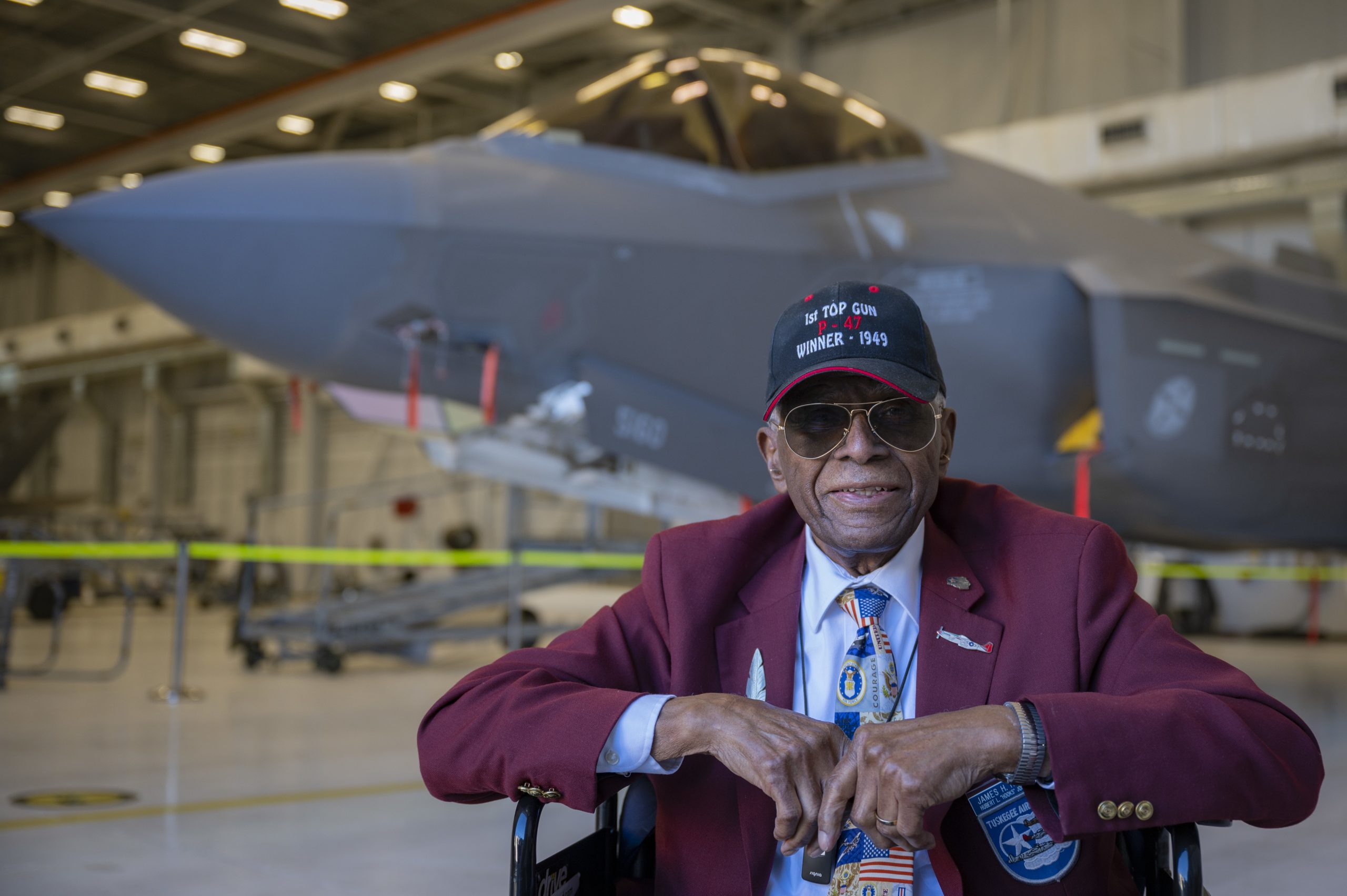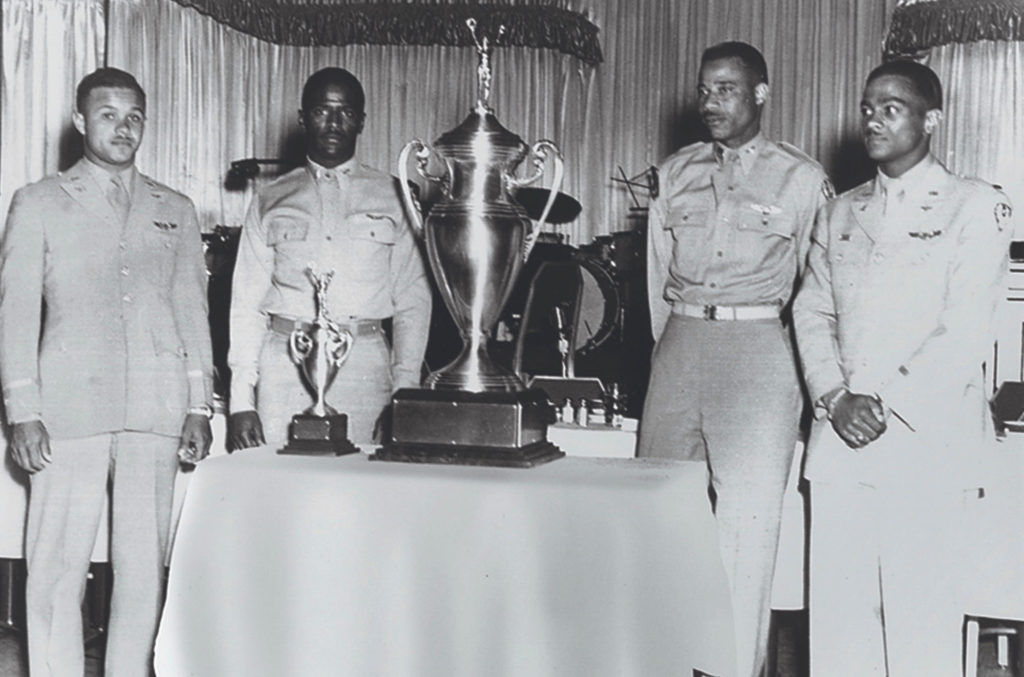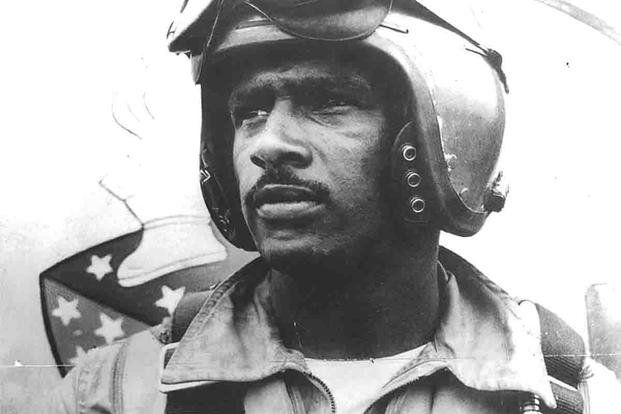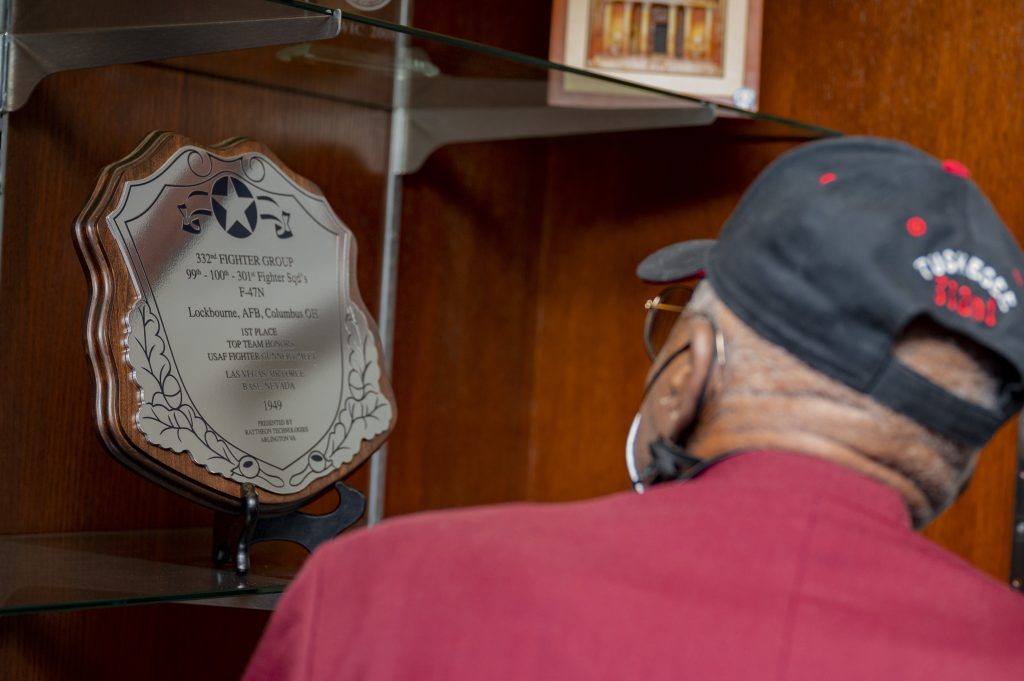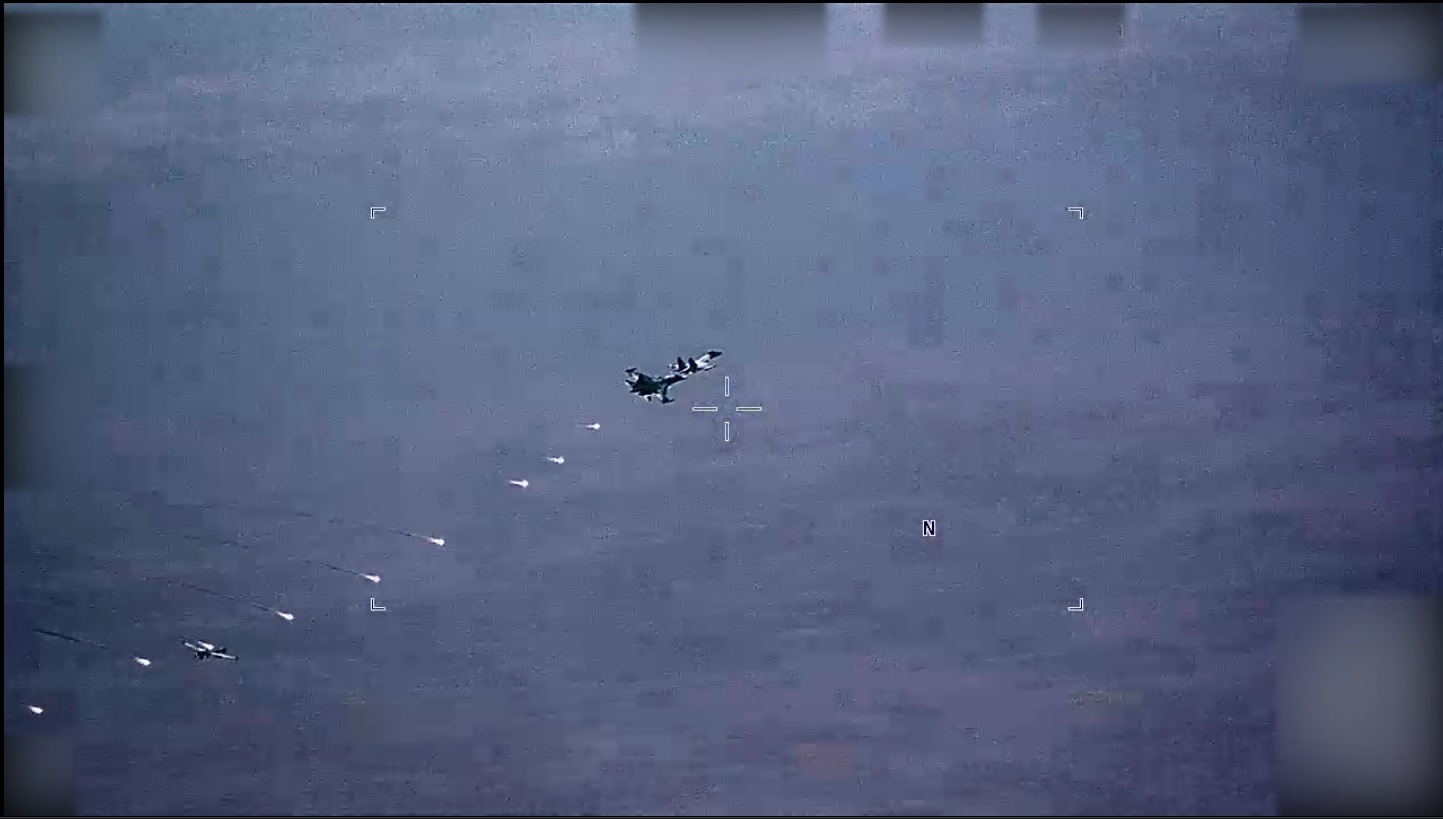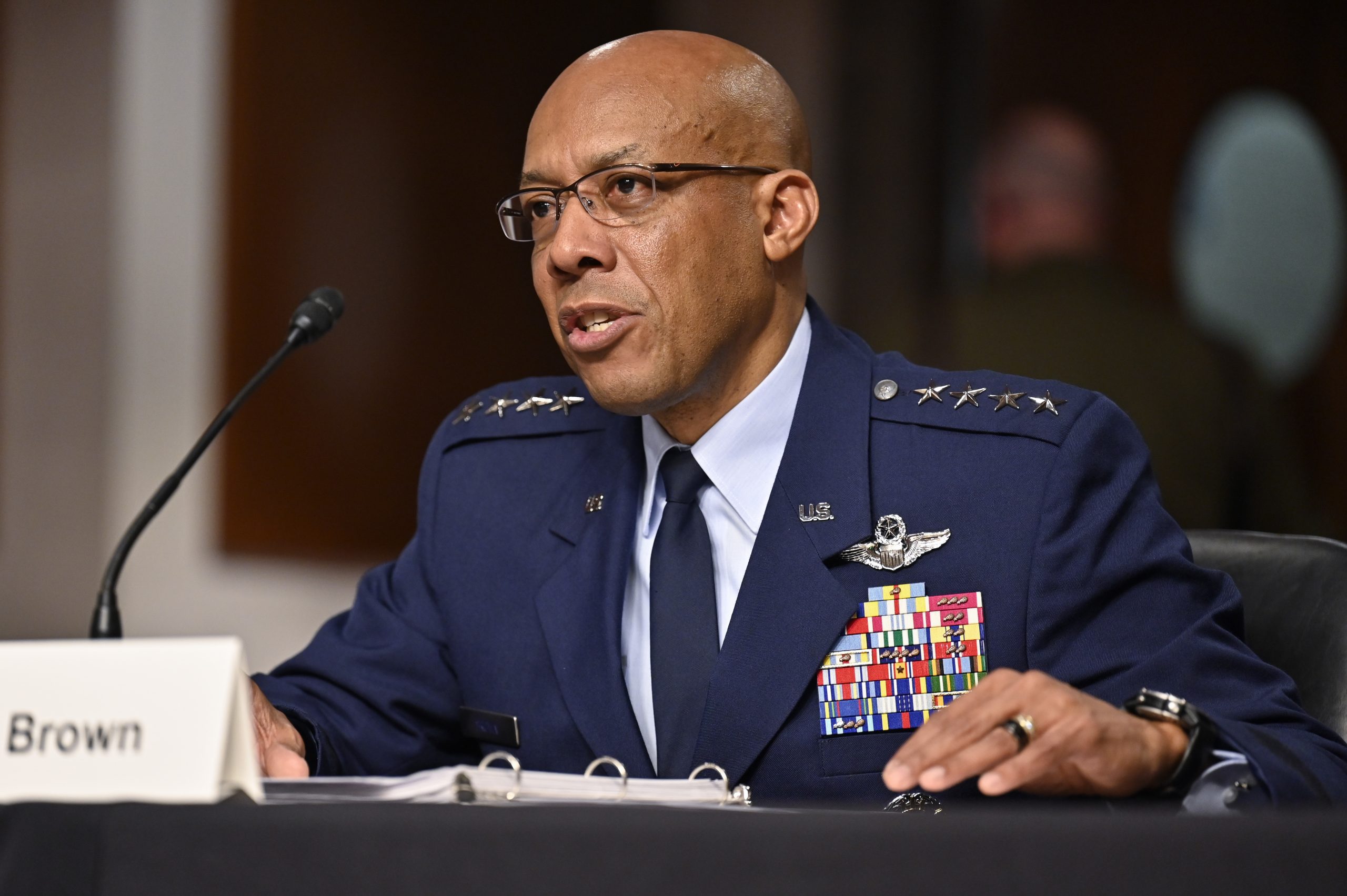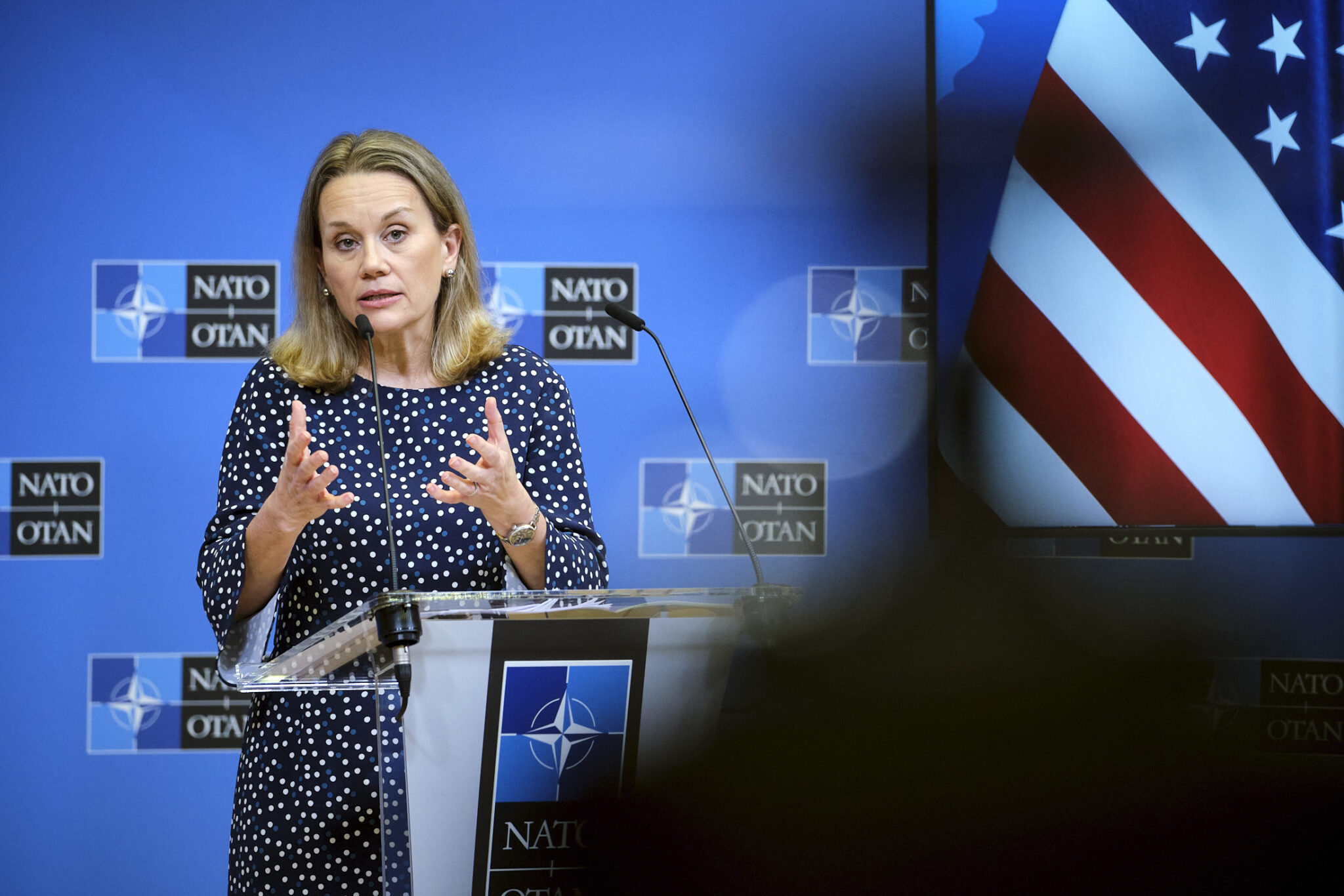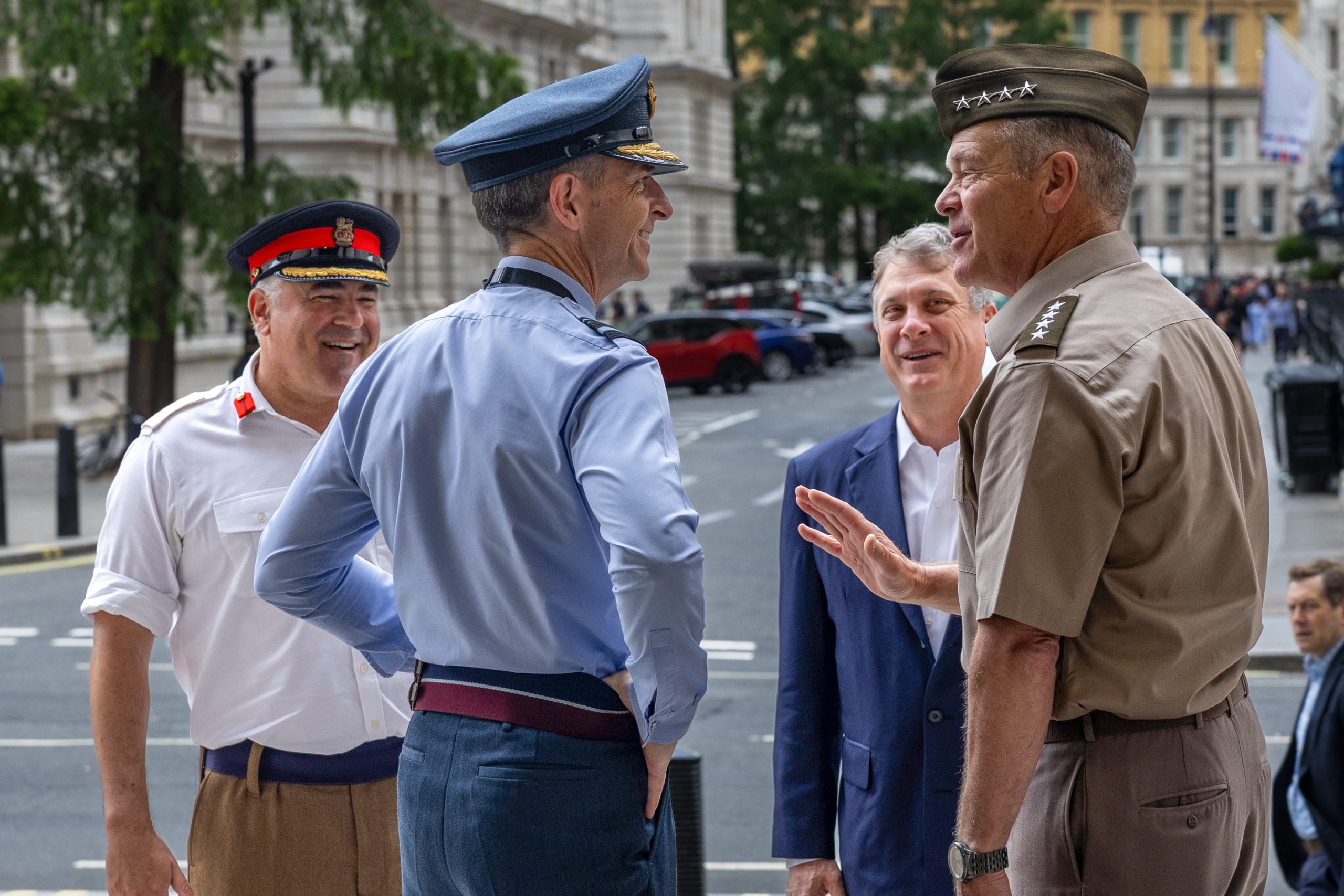Flight engineers, loadmasters, and sensor operators are among the 3,700 Airmen who will stop receiving special duty assignment pay over the next year, Air & Space Forces Magazine has confirmed.
All told, 33 Air Force specialties will no longer qualify for SDAP starting in fiscal 2024. The payments range from $75 to $450 per month, and vary based on skill level, assignment location, and training.
The cuts will be gradual—communities being phased out will continue to receive half their prior amount through fiscal 2024, then lose it entirely in fiscal 2025.
The Air Force announced changes to the SDAP program on June 23, but has refused to release the full list without providing an explanation of why. While the list is available on myFSS, which is accessible to anyone on Active duty, it remains hidden from spouses, the public, and Congress, among others.
On July 10, the popular unofficial Facebook page “Air Force amn/nco/snco” leaked an image showing the affected communities. An Air Force spokesperson confirmed the image’s veracity to Air & Space Forces Magazine and provided extra detail on which job communities have been added to the SDAP program and which were not cut but will have reduced rates.
Removed
- President’s Emergency Ops Center
- Cryptologic Language Analyst
- Electronic Security Systems
- Aircraft Battle Damage Repair Exp Depot Mx
- Defense Threat Reduction Agency (DTRA)
- 361st Intelligence, Surveillance, and Reconnaissance Group (ISRG)
- Defense Couriers
- 31 Communication Squadron and 39 Communication Squadron NC3
- Army Support Weather Ops
- Flight Attendants
- 52nd Munitions Maintenance Group NC3
- Airborne Mission System Operators
- Flight Engineers
- Loadmasters
- Sensor Operators
- Special Mission Aviators
- Contracting
- RPA Cyber Technicians
- International Enlisted Engagements Managers
- RPA Ops – Weather Support
- Modular Airborne Fire Fighting System
- Super High Frequency Operators
- Advanced Intelligence Instructors
- Ski Mission – Flight Eng and Loadmasters
- Airborne MSS – Host Nation Riders
- 55th Operations Group Management Operator
- 336 Training Squadron & 98th DRA Aircrew Flight Equipment
- Diagnostic Med Sonogram
- Honor Guard
- ANG RPA Cyber Ops
- Radar, Airfield, & Weather Systems
- Casualty Cell
- Military Working Dog Handlers
Airmen who join these job communities after the start of fiscal 2024 on Oct. 1 will not qualify for the 50 percent SDAP rate offered to those being phased out of the program.
Reduced
- Military Human Intelligence
- 724th Special Tactics Group Operations Support
- Subsurface Analyst
- Parachuting Instructor
- 33rd Cyberspace Operations Squadron Operating Location Alpha
- Mission Field Chief
- Special Ops Surgical Team
Airmen in specialties getting their SDAP rates reduced will have a 90-day grace period after the start of the fiscal year before those cuts go into effect.
Added
- Material Management
- Bomber Airborne Maintenance Support
- United States Air Force Academy Enlisted Faculty Instructor
- Special Missions Support
All told, 70 job specialties will receive special duty pay. According to Air Force budget documents, roughly 29,800 Airmen will be included at a cost of $92.2 million. The service is looking to save $4.04 million on the program in fiscal 2024.
The Air Force sought to cut SDAP a year ago, but Secretary Frank Kendall cancelled the plan amid an outcry over paycuts just as inflation was at its peak. In particular, some complained about the Air Force’s plan to cut special duty pay for recruiters at a time when the service was struggling to meet its recruiting goals. Recruiters will continue to receive special duty pay in 2024.
